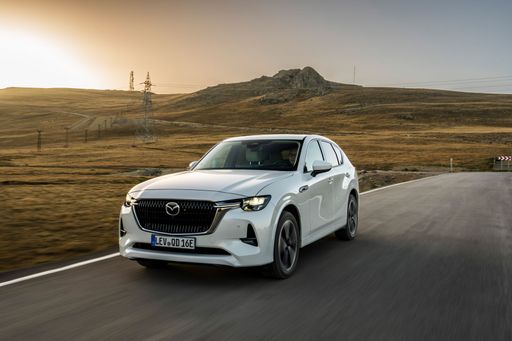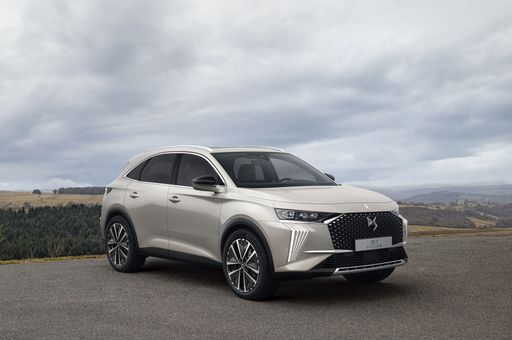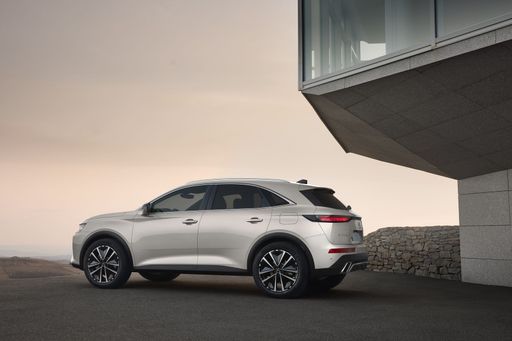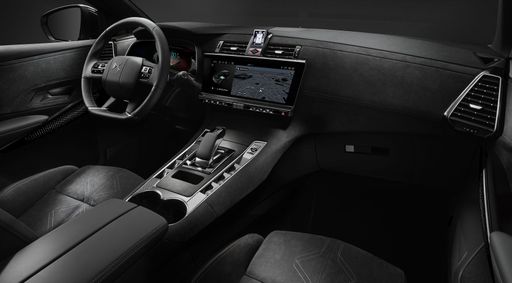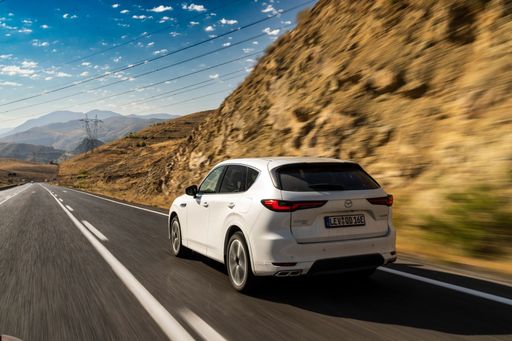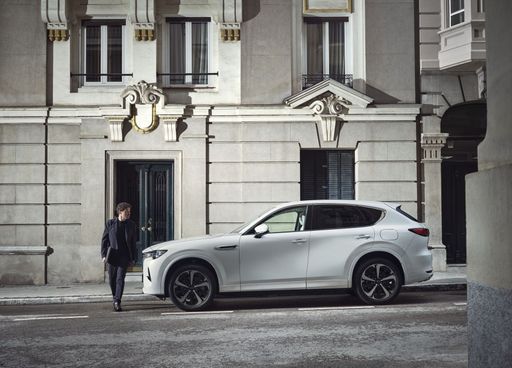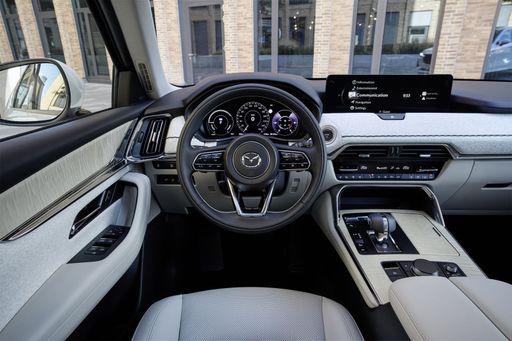Engine and Performance:
Power, torque and acceleration are the classic benchmarks for car enthusiasts – and here, some clear differences start to show.
When it comes to engine power, the DS Automobiles DS 7 has a slight edge – offering 360 HP compared to 327 HP. That’s roughly 33 HP more horsepower.
In acceleration from 0 to 100 km/h, the DS Automobiles DS 7 is slight quicker – completing the sprint in 5.70 s, while the Mazda CX-60 takes 5.80 s. That’s about 0.10 s faster.
In terms of top speed, the DS Automobiles DS 7 performs barely noticeable better – reaching 235 km/h, while the Mazda CX-60 tops out at 219 km/h. The difference is around 16 km/h.
There’s also a difference in torque: Mazda CX-60 pulls barely noticeable stronger with 550 Nm compared to 520 Nm. That’s about 30 Nm difference.

